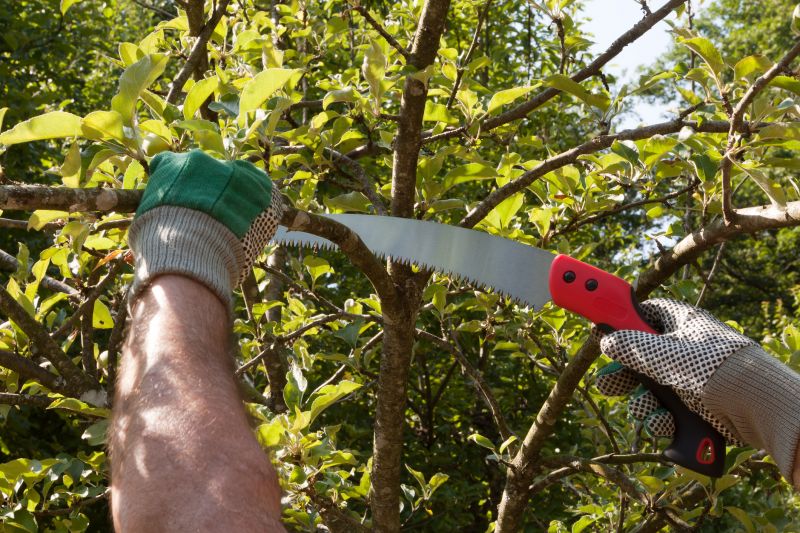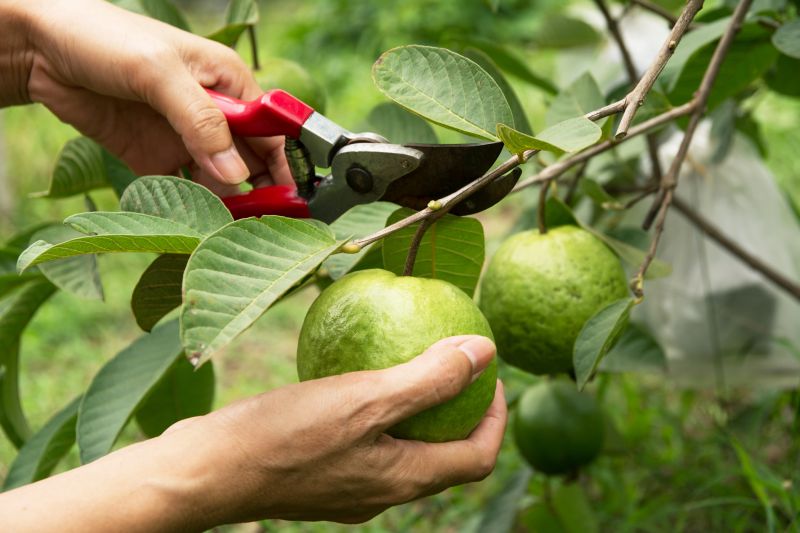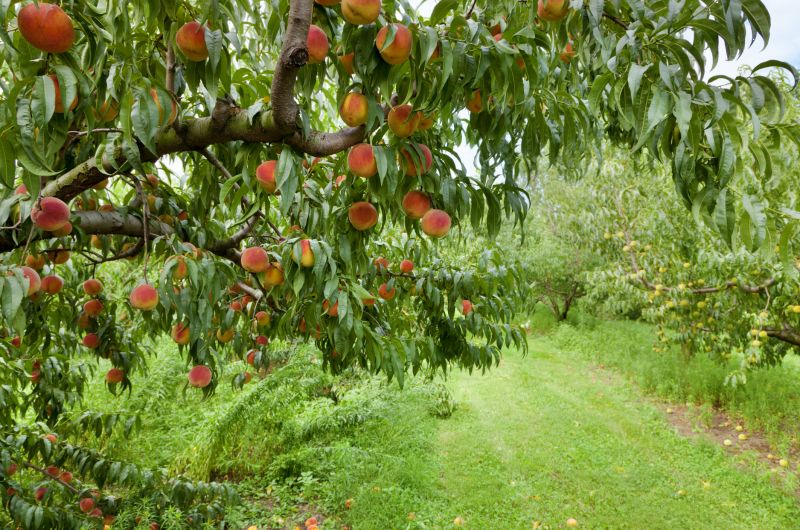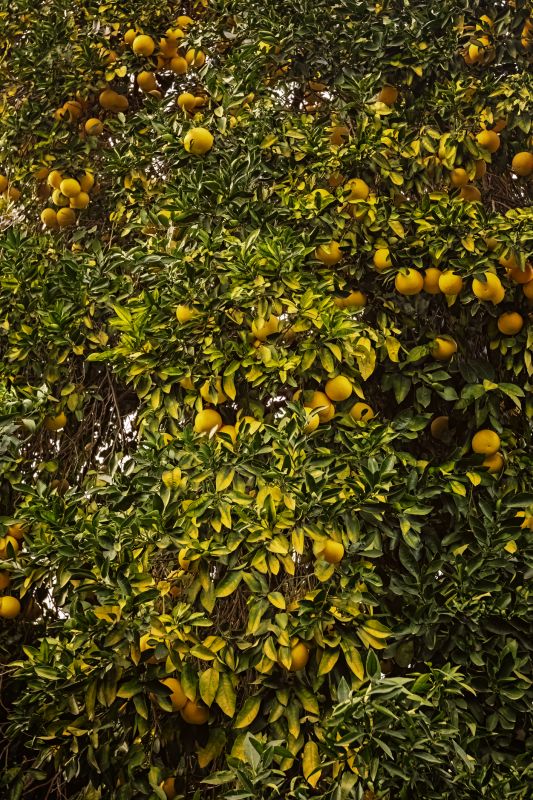Peach Tree Pruning Guide
Performed before bud break, typically in late winter or early spring, to shape the tree and remove damaged or diseased branches.
Light pruning during summer helps control growth and improves airflow, reducing disease risk.
Done during dormancy, usually in late winter, to promote vigorous growth and maximize fruit production.
Carried out after harvest to remove spent fruiting wood and prepare the tree for the next season.

Early season trimming encourages healthy growth and fruiting.

Light trimming helps manage tree size and airflow.

Main pruning period for shaping and removing dead wood.

Ways to make Peach Tree Trimmings work in tight or awkward layouts.

Popular materials for Peach Tree Trimmings and why they hold up over time.

Simple add-ons that improve Peach Tree Trimmings without blowing the budget.
| Season | Best Practice |
|---|---|
| Late Winter | Prune before bud break for optimal results. |
| Early Spring | Remove damaged or diseased branches. |
| Mid to Late Summer | Light trimming to control growth. |
| Post-Harvest | Remove spent fruiting wood. |
| Dormant Season | Major pruning for shaping and health. |
Peach trees require careful pruning to maximize fruit production and maintain tree health. Proper timing ensures that cuts are made when the tree is least vulnerable to pests and diseases. Regular trimming also helps in managing the size and shape of the tree, facilitating easier harvests and inspections.

Proper cuts promote new growth and fruiting.

Timely trimming reduces disease spread.

Maintains desired tree size and shape.

Pruning enhances fruit size and flavor.
Interested in scheduling peach tree trimmings or learning more about optimal pruning techniques? Filling out the contact form can connect you with experienced professionals to assist with your orchard needs.



